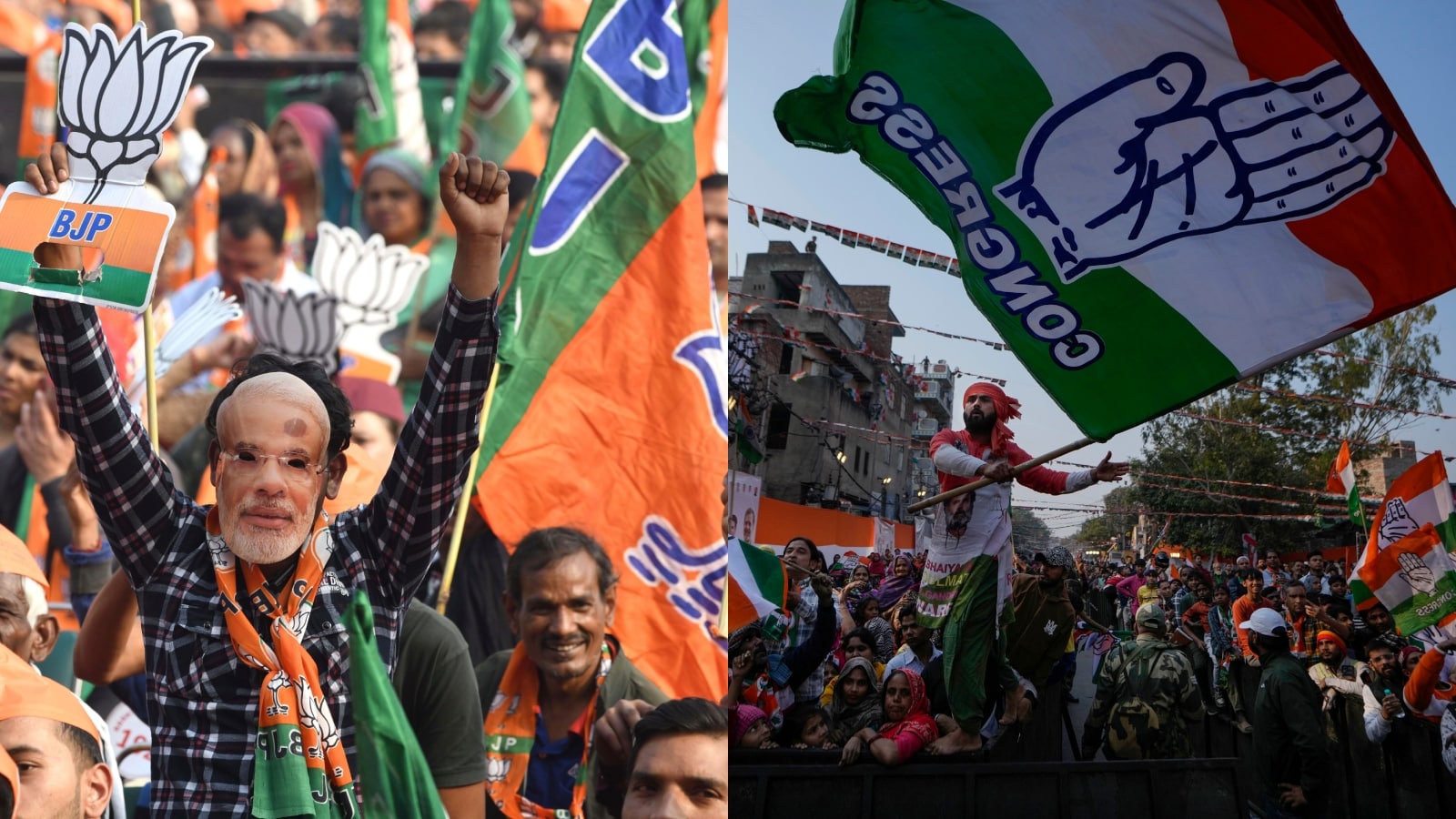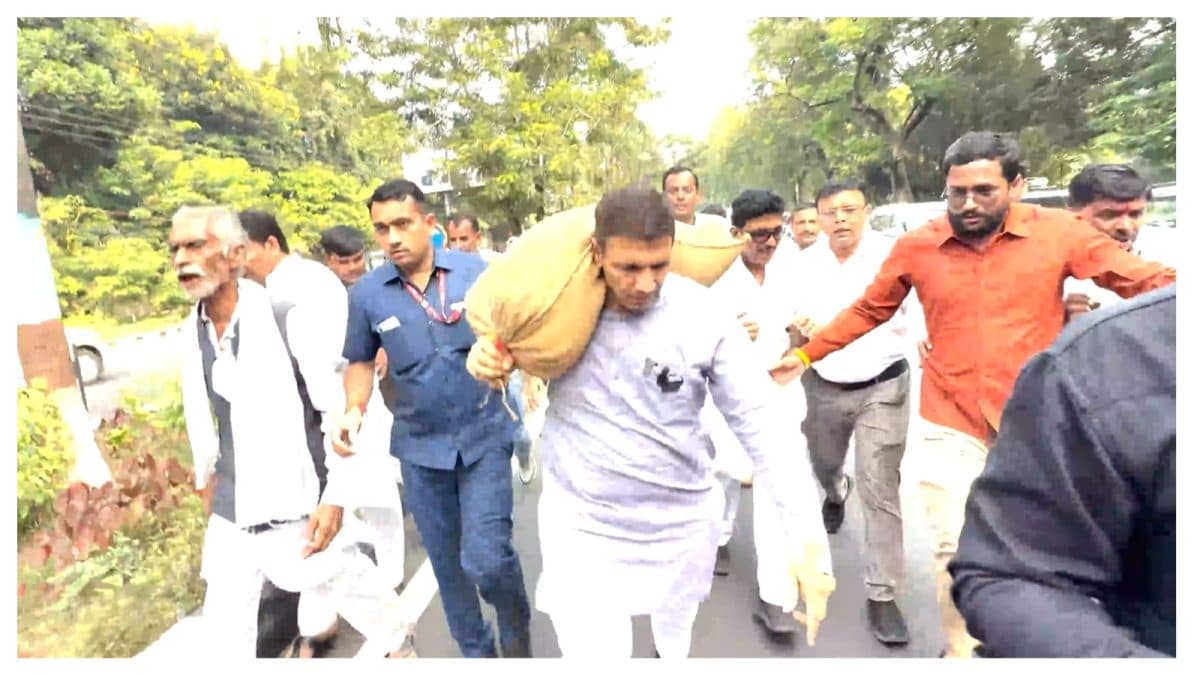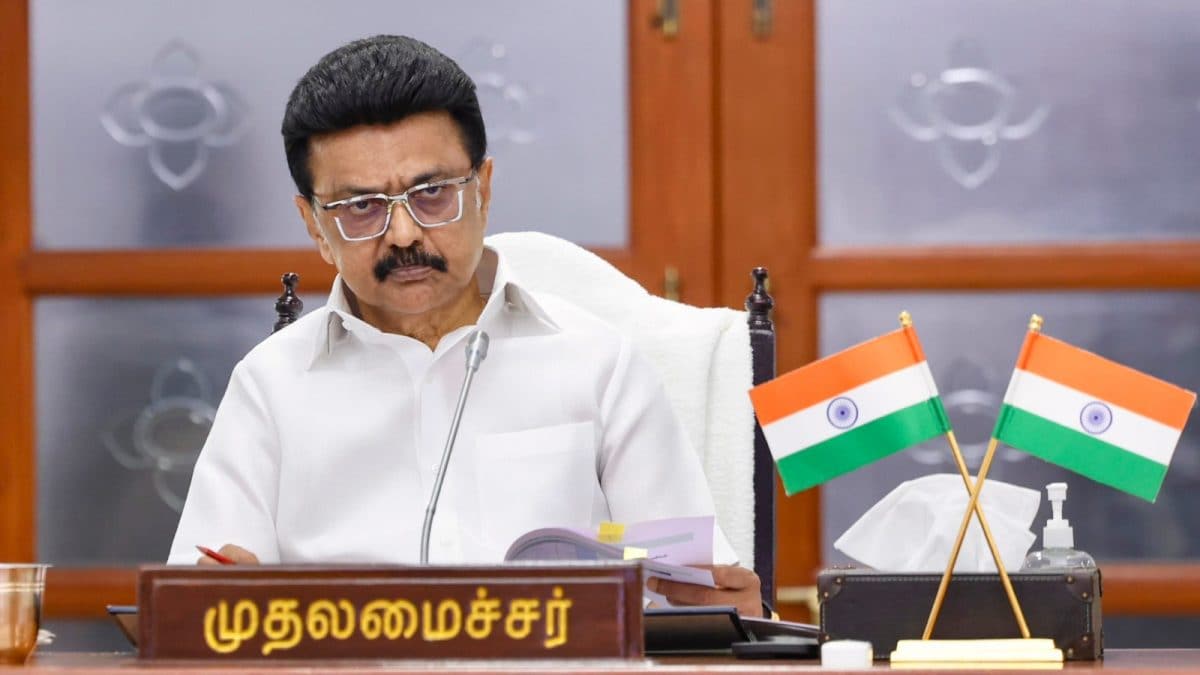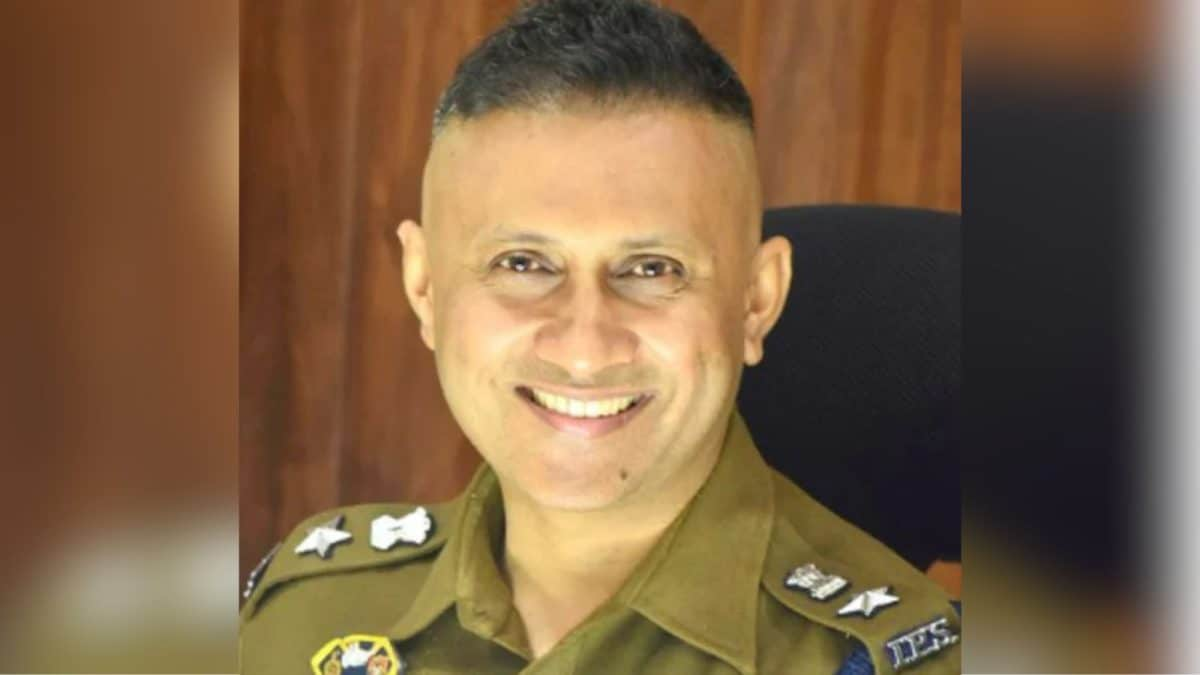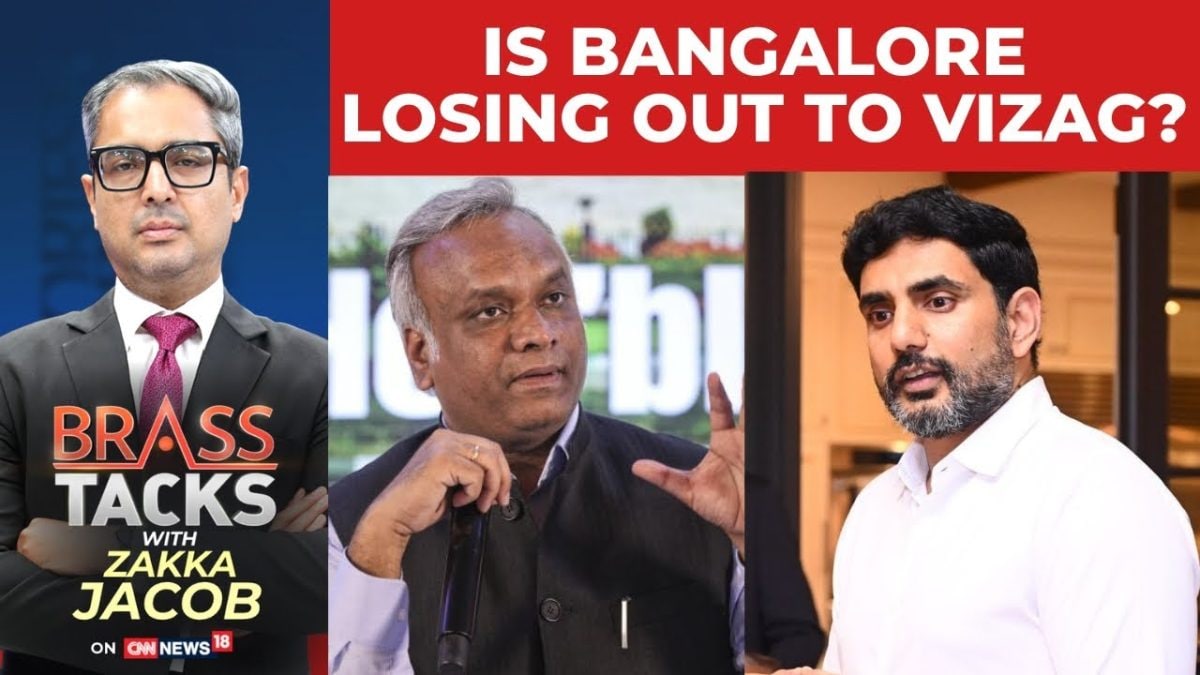Last Updated:
NDA vs INDIA is the main face-off, but Jan Suraaj’s rise may turn Bihar 2025 into a three-way contest for the future

The electoral contest is largely expected to be a direct fight between the incumbent NDA, led by CM Nitish Kumar, and the Mahagathbandhan led by the RJD. (AP Image)
Bihar will go to polls in two phases on November 6 and 11, with counting scheduled for November 14, the Election Commission announced on Monday. As the poll calendar is now official, the state is witnessing a sharpening political churn.
The National Democratic Alliance (NDA) and the Opposition INDIA bloc are racing to finalise seat-sharing deals, but anxious days lie ahead with internal tensions bubbling just under the surface.
The electoral contest is largely expected to be a direct fight between the incumbent NDA, led by Chief Minister Nitish Kumar, and the Mahagathbandhan led by the Rashtriya Janata Dal (RJD).
In the 243-member Bihar Assembly, the NDA currently holds 131 seats — BJP 80, JD(U) 45, HAM(S) 4, and two Independents. The Mahagathbandhan holds 111 — RJD 77, Congress 19, CPI(ML) 11, CPI(M) 2, and CPI 2.
In the 2024 Lok Sabha elections, the NDA won 29 out of 40 seats in Bihar, with the BJP and JD(U) bagging 12 seats each, giving the alliance momentum ahead of the Assembly contest.
While the NDA appears confident on paper, behind-the-scenes bargaining, especially involving Chirag Paswan, Jitan Ram Manjhi, and Upendra Kushwaha, has left the alliance juggling competing demands. The INDIA bloc, meanwhile, is hoping to lock in its caste arithmetic, with Tejashwi Yadav anchoring its EBC-focused pitch.
And adding an unpredictable third axis is Prashant Kishor’s Jan Suraaj Party, which has quietly expanded its on-ground presence and claims to be ready for a full-fledged electoral debut.
This is how the three sides are positioning themselves for Bihar 2025.
NDA: Between Public Confidence And Private Tensions
In public, NDA allies are showcasing unity, but behind closed doors, seat-sharing negotiations remain a delicate balancing act. Union Minister Dharmendra Pradhan, who has been appointed as the BJP’s election in-charge for Bihar, is leading the outreach to alliance partners.
Over the weekend, he held a series of one-on-one meetings with key allies, including JD(U) leader Rajiv Ranjan Singh ‘Lalan Singh’, Hindustani Awam Morcha (HAM) chief Jitan Ram Manjhi, and Rashtriya Lok Morcha (RLM) head Upendra Kushwaha.
While Manjhi downplayed any discord, stating that “all is well within the NDA” and that seat-sharing would be resolved soon, his subsequent flight to New Delhi the same evening raised speculation that further negotiation was underway. Pradhan also called on Lalan Singh and Kushwaha separately, though Singh described the BJP-JD(U) meeting as merely a “courtesy call.”
Despite the optics, BJP insiders indicated that a working formula is nearing finalisation: the BJP may contest approximately 101 seats, JD(U) around 102, with the remaining distributed among allies, including Chirag Paswan’s Lok Janshakti Party (Ram Vilas), Manjhi’s HAM, and Kushwaha’s RLM.
Chirag Paswan remains a focal point in NDA’s internal calculations. Fresh off a successful Lok Sabha campaign, where his party contested only five seats but punched above its weight, Chirag is now reportedly demanding up to 40 Assembly seats. While BJP leaders credit him with having “bounced back” from his 2020 outsider status, when his party ran solo and damaged JD(U) prospects, they are also wary of ceding too much ground.
Sources in the BJP suggest the alliance may not be in a position to part with more than 20 seats. The fact that he is pushing for a major share suggests a potential flashpoint ahead. If unresolved, it could unsettle the alliance’s delicate caste and regional balance.
INDIA Bloc: Tejashwi Leads, EBC Pitch Front And Centre
On the Opposition front, leaders of the INDIA bloc met at Tejashwi Yadav’s residence in Patna to iron out seat-sharing arrangements. The meeting saw participation from senior leaders of the RJD, Congress, Left parties, and the Vikassheel Insaan Party (VIP).
CPM leader Ajay Kumar told The Indian Express that the seat-sharing formula had been finalised and would be announced formally on Tuesday. Bihar Congress president Rajesh Ram and VIP chief Mukesh Sahani were also present, signalling the bloc’s attempt to project cohesion. The RJD separately convened its core leadership to finalise its own internal allocations before the official declaration.
Even before announcing its candidate list, the INDIA alliance made a bold caste-centric pitch with the launch of the ‘Ati Pichhda Nyay Sankalp’, a manifesto exclusively aimed at Bihar’s Extremely Backward Classes (EBCs), who comprise roughly 36 per cent of the state’s population.
This 10-point resolution includes promises such as:
- A new law to prevent atrocities against EBCs, on the lines of the SC/ST Act
- Raising EBC reservation in local bodies from 20% to 30%
- A bid to lift the 50% reservation ceiling by seeking inclusion of state law in the Ninth Schedule
- Mandating private schools to reserve half of their RTE quota for backward groups
- A 50% quota for EBCs, SCs, STs, and OBCs in state contracts up to Rs 25 crore
- A high-powered Reservation Regulatory Authority to monitor implementation
This EBC push signals an attempt by the INDIA bloc to erode the NDA’s traditional base.
Modi-Nitish Unveil Benefits, But No NDA Manifesto Yet
While the INDIA bloc’s caste strategy is now out in the open, the NDA has not yet released a formal manifesto. However, both Prime Minister Narendra Modi and Chief Minister Nitish Kumar have been making targeted announcements in recent weeks, particularly aimed at women, youth, and marginalised communities.
PM Modi in September launched the ‘Mukhyamantri Mahila Rojgar Yojana’ in Bihar, transferring Rs 10,000 each to 75 lakh women across the state, a massive direct benefit aimed at creating female entrepreneurs.
Separately, Nitish Kumar has announced more than 20 welfare measures, including:
- Rs 1,000/month unemployment allowance for graduates
- Interest-free education loans and extended repayment windows
- Pension hike to Rs 1,100 for elderly, differently-abled, widows
- Rs 9,000 honorarium for Anganwadi workers and Rs 3,000 incentive for ASHA workers
- Free electricity up to 125 units, solar plant support for poorest families
- Rs 10,000 upfront support to one woman per household to start an enterprise, with follow-up assistance of up to Rs 2 lakh
While these announcements aren’t packaged as a formal manifesto, they signal the NDA’s strategy to saturate the welfare space before the model code of conduct kicks in.
Jan Suraaj: The X-Factor
The third force in Bihar’s triangular contest is Prashant Kishor’s Jan Suraaj Party, which is likely to contest all 243 seats. The Party on Friday said it will come up with its “first list of candidates” for the Bihar assembly polls on October 9.
Besides promising an adequate number of tickets to women, Muslims, and the extremely backward classes (EBC), Kishor has also said he could enter the fray himself “if the party takes the decision”.
If Jan Suraaj manages even single-digit vote shares across select seats, it could dent margins in tightly contested constituencies, especially in central Bihar and Mithila regions.
What’s Next?
In a first, the Election Commission will deploy 243 general observers — one for each Assembly constituency — replacing the earlier practice of assigning a single observer to multiple seats. The scale of deployment is unprecedented: over 8.5 lakh polling personnel, 17,800 micro observers for voting day, 4,800 for counting, and around 2.5 lakh police officials. There will also be 29,000 counting officials, 38 police observers, and 67 expenditure observers monitoring the process.
The EC has also stepped up voter outreach and digital monitoring. There are now 90,712 Booth Level Officers (BLOs) and 243 Electoral Registration Officers (EROs) on the ground. Voters can access services via the ECINET app or by calling the helpline number 1950 — including scheduling a call with their local BLO.
In another first, real-time voter turnout data will be made public through a dedicated dashboard. Presiding officers will upload turnout figures to the ECINET platform every two hours on polling day to reduce information lag.
Logistical reforms are also being rolled out. Polling stations will now be capped at 1,200 electors each to minimise crowding and cut queue times. In high-rise areas, additional booths will be set up. For ease of access, voters will be able to deposit their mobile phones at designated counters outside polling stations.
Chief Election Commissioner Gyanesh Kumar described the upcoming polls as a milestone exercise, promising that “Bihar elections will be easy for voters” with full monitoring of law and order. This time, the state has 7.43 crore registered voters, including 14 lakh first-time electors.

Karishma Jain, Chief Sub Editor at News18.com, writes and edits opinion pieces on a variety of subjects, including Indian politics and policy, culture and the arts, technology and social change. Follow her @kar…Read More
Karishma Jain, Chief Sub Editor at News18.com, writes and edits opinion pieces on a variety of subjects, including Indian politics and policy, culture and the arts, technology and social change. Follow her @kar… Read More
October 06, 2025, 16:17 IST
Read More


